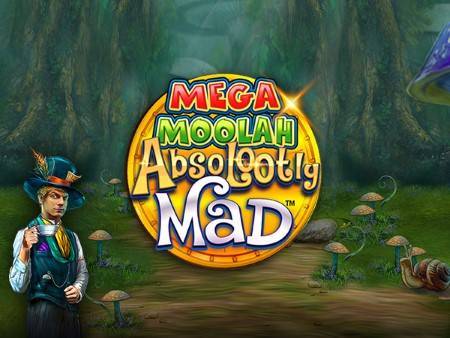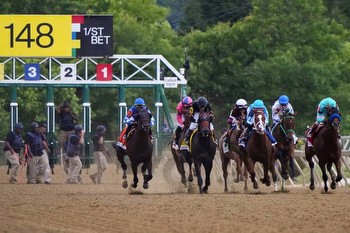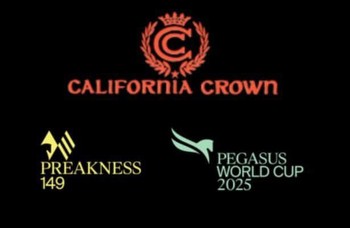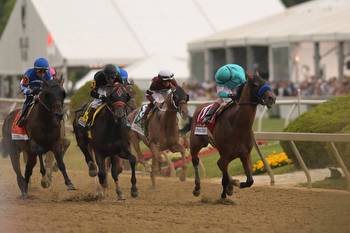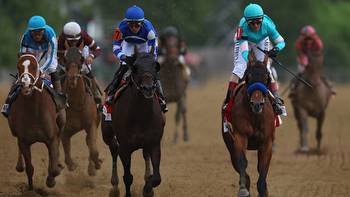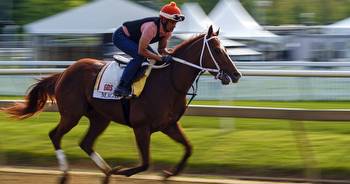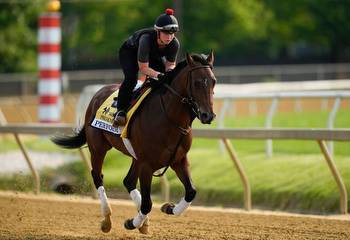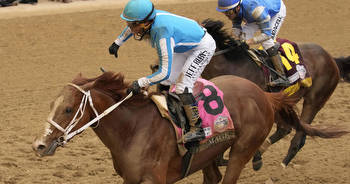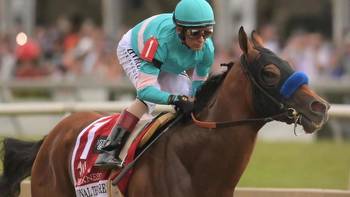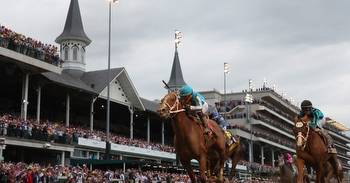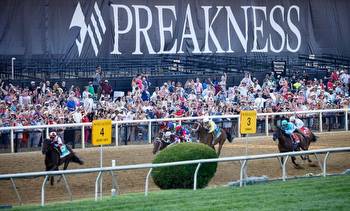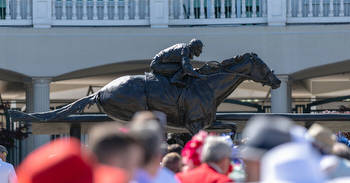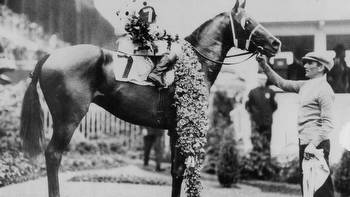Flatter: Old challenges are like new again at Preakness
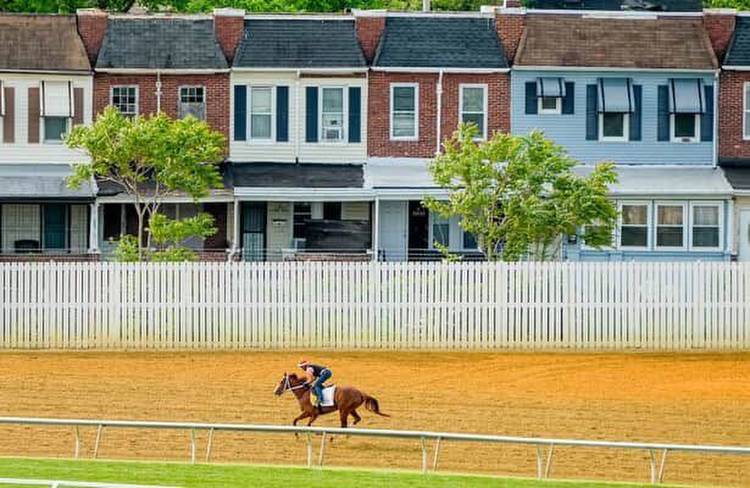
It is hard to see how racing cannot address this problem,right? The one where only one horse from the Kentucky Derby bothered to show upand run in the Preakness.
As a matter of fact, if not for supplements, there wouldhave been no horses in the Preakness. Not even the Derby winner was intendedfor the race. Two owners waited until an April 15 deadline to pay a fee equalto 3 percent of the total purse. And that was just to hold open the option toenter.
And who saw this coming? On the eve of the race, theMaryland Racing Commission decided there would be win-only wagering, lest thestate be vulnerable to losing money with a minus pool.
No adjustment of your screen is necessary. These weretalking points coming into Preakness, all right. In 1948.
Yes, racing has been down this road before. Just as Mage has yet to finish writing his story, Citation was not Citation yet 75 years ago this week. He looked like a super horse, but his TripleCrown, the last for a quarter century, was still four weeks away. That’s right.The six weeks he had between the Derby and the Belmont made for the widestbookends in the history of the classics. He even squeezed in an 11-length winin the Jersey Stakes in the middle of his sweep.
So as the field for this year’s Preakness shrinks to itssmallest size since Snow Chief beat six rivals in 1986, maybe someone likeAaron Rodgers should say r-e-l-a-x. If not him, then how about Citation’strainers Ben and Jimmy Jones?
That party of four for the ’48 Preakness was not even as badas things got around Pimlico. From 1951 to 1955, four of the five Derby winnersdid not show up. Count Turf was not nominated. Hill Gail got hurt. Determinewas worn out from nine starts. Swaps was not nominated, and he got hurt. Oh,yes, the Preakness came too soon for Tomy Lee in 1959. If the ’50s were notgoing to change the Triple Crown timetable, what was?
That 1951 Preakness that was missing Count Turf was particularlybad. It also lacked Royal Mustang, Ruhe and Phil D., the second-, third- andfourth-place horses from the Derby. Unlike today, there was not a one-fee nominationfor all the Triple Crown races, so the Preakness suffered.
Desperately seeking relevance again, the Maryland Jockey Clubfloated the idea of a race called the Jubilee, which proposed to bring the topfour finishers from the Derby together with the top four from the Preakness. Itwas scheduled for May 26, 1951, at Pimlico.
Don’t try to go back in the digital annals to look for thatrunning of the $50,000 Jubilee. It never happened. Once it was reported CountTurf had spiked a fever, the race was a goner even before it was run.
Then someone got the bright idea to jack up the purse forthe Preakness, which had been cut from $100,000 in 1948 to $50,000 in 1950. By1959, it was up to $150,000, where it stayed for 20 years. That seemed tostanch the attrition.
Come to think of it, 1/ST Racing could make history repeatitself. Maybe it could divert money from a less prestigious race and use it torekindle the Preakness. If it can find $3 million rattling around the changedrawer for the Pegasus World Cup, maybe it can find a few more dollars to padthe $1.5 million annually intended for the third Saturday in May.
Nowadays we tend to remember how great the game used to bein the olden days while complaining about the current state of the sport. It isnot just racing. Take basketball. Wilt Chamberlain scored 100 points in one NBAgame in 1962, but since there was no film shot that night in Hershey, Pa., webask in gauzy memories.
Oh, but the statistics are there. There were 233 shots takenin that game, meaning one every 12.4 seconds. The All-Star game that was such alayup-line mockery this year had shots every 10.4 seconds. If Twitter had beenaround in 1962, there would have been demands for defense to be restored to agame being ruined by a contemporary style of play. And the phony avatars on theburner accounts would have looked like Don Draper.
So here we are in 2023 with familiar tropes. There is notenough incentive for Derby losers to come back in two weeks. The Triple Crownneeds to be spread out. Horses are racing to breed, not breeding to race.
Here is an alternative thought. The last two times thePreakness field had eight or fewer horses were 2015 and 2018. Gee, grandpa,what was it like with American Pharoah back in 2015 and Justify in 2018? Didthey have the internet back in 2015 and 2018?
I liked most of the idea Tom Ryan of SF Racing floated on theTwitter machine this week.
“Key to a blockbuster Triple Crown series,” he wrote. “Derbypurse needs to be $10 million and pay down to 10th place. Nobody skips the Derbywith $10 million on the table. Preakness and Belmont need to be $5 millioneach. Three weeks between races. Add a bonus system for horses accumulating themost points across the three-race series.”
Good ideas like that might grow on trees, but I knowsomething that does not. Those kinds of purses sound great, but who is going topay for them?
Well, in Kentucky, the glorified slot machines that are historichorse-racing terminals have been licenses to stoke purses from top to bottom.Is there enough new money in the kitty to pad the $3 million Derby pursewithout compromising overnights?
I already lobbed my idea out for some Pegasus money to bediverted to the Preakness.
As for New York, maybe some of that state loan money comingin to rebuild Belmont Park could be directed to rebuild the Belmont Stakes.
As for three-week gaps between the Triple Crown races, I amnot of a mind to make sweeps of the classics happen as frequently as televisedtalent contests. But if Citation could get an extra week, why not Mage and hissuccessors?
